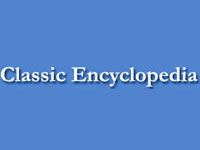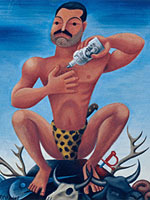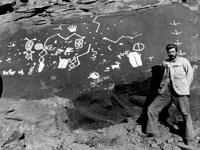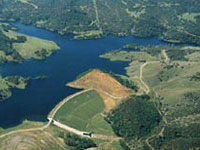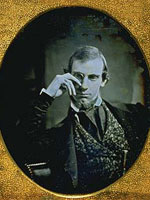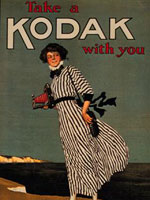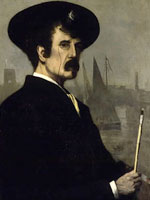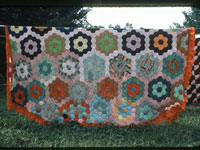This colorful Library of Congress American Memory site brings together selected items from two American Folklife collections, the Blue Ridge Parkway Folklife Project Collection and the "All American Quilt Contest" series, sponsored by Good Housekeeping magazine and Coming Home, a division of the direct mail retailer Land's End.
The Blue Ridge Collection consists of 229 photographs and 181 interviews recorded in 1978 with six Virginia and North Carolina quiltmakers. These items illustrate the art of quiltmaking within the context of daily life in Appalachia. The Quilt Contest materials, from contests held in 1992, 1994, and 1996, include images of approximately 180 prize-winning quilts from across the U.S. The quilts represent a wide variety of styles, traditions, and materials used in the practice of the craft.
The exhibit is divided into three sections. Speaking of Quilts offers an essay (2,000 words) on the making of these two collections and the tradition of quiltmaking. Blue Ridge Quilts features the audio files of interviews and photographs of the six Appalachian quilters practicing their craft, along with a 500-word biography of each featured quiltmaker. Each audio clip is accompanied by brief (150-word) descriptive notes. The Quilt Contest section includes a roughly 2,000-word essay describing the contests and featuring a gallery of images of 180 prizewinning quilts.
The site offers a handy glossary of more than 50 terms and a selected bibliography of approximately 60 monographs and periodicals related to the history and craft of quiltmaking. It can be searched by keyword and browsed by quiltmakers and subjects. This beautiful site is useful for students researching American and Appalachian culture, not to mention those who simply love the art of quiltmaking.
